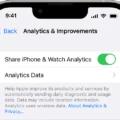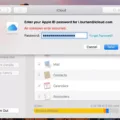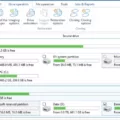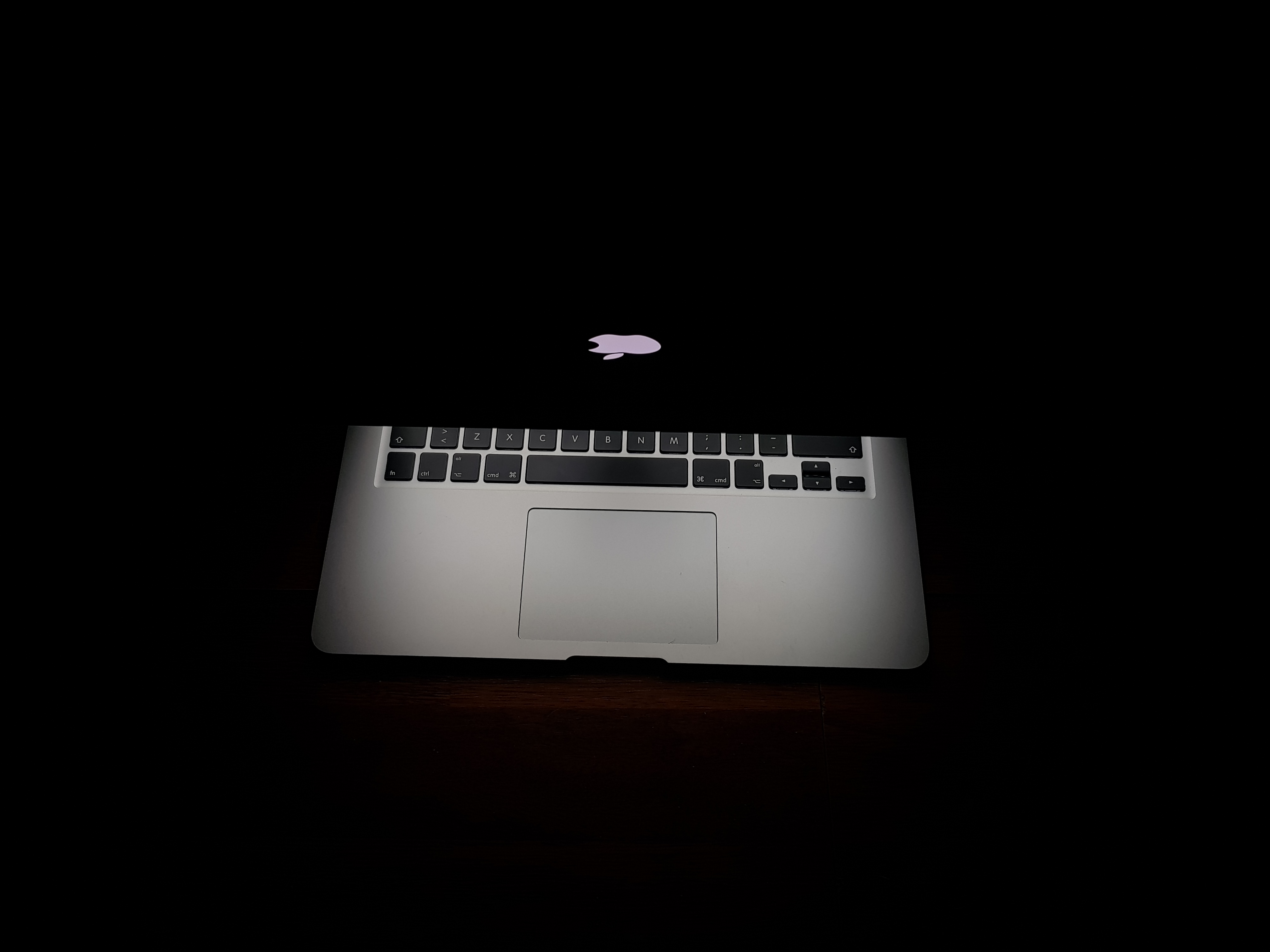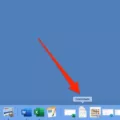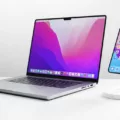In today’s digital world, data security is of paramount importance. One of the leading encryption systems available is BitLocker, a feature offered by Microsoft. It provides a robust layer of protection for sensitive data stored on drives, including those on Dell computers. However, there may be situations where accessing a BitLocker-encrypted drive becomes challenging, especially when the recovery key is misplaced or forgotten. In this article, we will explore Dell and Dell BitLocker recovery key bypass options.
Fix 1: Turn Off BitLocker Encryption
If you have administrative access to the Dell computer, you can try turning off BitLocker encryption. This can be done by following these steps:
1. Go to the Control Panel and click on “BitLocker Drive Encryption.”
2. Select the drive you want to decrypt and click on “Turn off BitLocker.”
3. Follow the on-screen instructions to complete the process.
Please note that this method will only work if you have the necessary administrative privileges.
Fix 2: Use Command Prompt to Unlock BitLocker
Another potential solution is to use the Command Prompt to unlock the BitLocker-encrypted drive. Here’s how you can do it:
1. Open the Command Prompt as an administrator.
2. Type “manage-bde -unlock X: -RecoveryPassword YOUR_RECOVERY_KEY” (replace X with the drive letter and YOUR_RECOVERY_KEY with the actual recovery key).
3. Press Enter to execute the command.
If the recovery key is correct, the BitLocker-encrypted drive should be unlocked.
Fix 3: Try Secure Boot and Legacy Boot
Sometimes, changing the boot settings can help bypass BitLocker encryption. You can try the following steps:
1. Restart the Dell computer and enter the BIOS settings by pressing a specific key (usually F2 or Del) during startup.
2. Look for the Secure Boot option and disable it.
3. Save the changes and restart the computer.
4. If the BitLocker recovery key prompt appears, enter the recovery key and proceed with the boot process.
If this method doesn’t work, you can also try enabling Legacy Boot in the BIOS settings and see if it bypasses the BitLocker encryption.
Fix 4: Update BIOS and Windows OS
Outdated BIOS firmware or an outdated Windows operating system can sometimes cause compatibility issues with BitLocker. Updating both the BIOS and the Windows OS to the latest versions may help resolve these issues.
Fix 5: Disable Auto-Unlock Option
If you have enabled the Auto-Unlock option for your BitLocker-encrypted drive, it might be preventing you from entering the recovery key manually. Disabling the Auto-Unlock option can be done through the BitLocker settings in the Control Panel.
Fix 6: Contact Dell Support
If none of the above methods work, it is recommended to contact Dell support for further assistance. They may provide specific troubleshooting steps based on your Dell computer model and BitLocker configuration.
Dell and Dell BitLocker recovery key bypass can be a challenging task, but there are several potential solutions to consider. From turning off BitLocker encryption to using Command Prompt and adjusting BIOS settings, these methods may help you regain access to your BitLocker-encrypted drive. However, it is crucial to remember that these methods should only be used responsibly and in accordance with applicable laws and regulations.
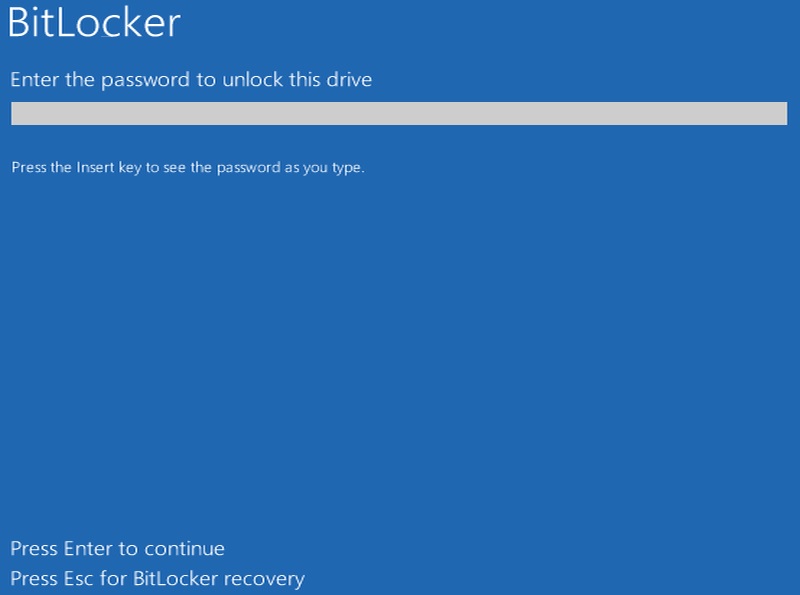
How Do You Get Past BitLocker Recovery Without Key?
To get past BitLocker recovery without a key, you have a few options, but it’s important to note that these methods should only be used if you have legitimate access to the encrypted drive. Attempting to bypass BitLocker without proper authorization is illegal and unethical.
1. Use the BitLocker recovery key: The most straightforward way to unlock a BitLocker-encrypted drive is by using the recovery key. The recovery key is a 48-digit code that was generated when BitLocker was first enabled on the drive. If you have access to the recovery key, you can enter it during the recovery process to unlock the drive.
2. Use the BitLocker password: If the drive is protected with a BitLocker password instead of a recovery key, you can try entering the password to unlock the drive. This method requires that you know the correct password associated with the encrypted drive.
3. Contact the drive owner or administrator: If you are not the owner of the encrypted drive or do not know the recovery key or password, you should contact the drive owner or the administrator who set up the encryption. They may be able to provide you with the necessary information to unlock the drive.
4. Use a data recovery service: If you have lost the recovery key or password and cannot contact the drive owner or administrator, you may consider seeking the help of a professional data recovery service. These services specialize in recovering data from encrypted drives and may have the tools and expertise to assist you. However, keep in mind that this can be a costly option and there is no guarantee of success.
5. Reset the computer: If the encrypted drive is the primary system drive and you are unable to unlock it, you may need to consider resetting the computer to its factory settings. This will erase all data on the drive, including the BitLocker encryption, but it should only be done as a last resort and after ensuring you have a backup of any important data.
It is essential to remember that BitLocker is designed to protect data and unauthorized access. If you do not have the necessary credentials or legitimate access to the encrypted drive, it is not possible to bypass BitLocker without the correct recovery key or password.
How to Stop Dell Laptop From Asking for BitLocker Recovery Key?
To stop a Dell laptop from asking for the BitLocker recovery key, you can try the following solutions:
1. Turn off BitLocker Encryption:
– Open the Control Panel on your laptop.
– Go to “System and Security” and click on “BitLocker Drive Encryption.”
– Select the drive that is currently encrypted and click on “Turn Off BitLocker.”
– Follow the on-screen instructions to complete the process.
2. Use Command Prompt to unlock BitLocker:
– Open Command Prompt as an administrator.
– Type “manage-bde -unlock C: -RecoveryPassword YOUR_RECOVERY_KEY” (replace C: with the appropriate drive letter and YOUR_RECOVERY_KEY with your actual recovery key).
– Press Enter to unlock the drive.
3. Try a Secure Boot:
– Restart your laptop and press F2 or Del (depending on your Dell model) to enter the BIOS settings.
– Look for the Secure Boot option and disable it.
– Save the changes and exit the BIOS settings.
4. Update BIOS to the latest version:
– Visit the Dell support website and download the latest BIOS update for your specific laptop model.
– Install the BIOS update following the instructions provided by Dell.
5. Turn off Secure Boot:
– Restart your laptop and enter the BIOS settings.
– Find the Secure Boot option and disable it.
– Save the changes and exit the BIOS settings.
6. Try a Legacy Boot:
– Restart your laptop and enter the BIOS settings.
– Look for the Boot Mode option and change it to Legacy.
– Save the changes and exit the BIOS settings.
7. Disable Auto-Unlock option:
– Open Command Prompt as an administrator.
– Type “manage-bde -autounlock -disable C:” (replace C: with the drive letter of the encrypted drive).
– Press Enter to disable the auto-unlock feature.
8. Update Windows OS to the latest version:
– Open the Settings app on your laptop.
– Go to “Update & Security” and click on “Check for updates.”
– If any updates are available, download and install them.
By following these steps, you should be able to stop your Dell laptop from asking for the BitLocker recovery key. Remember to carefully follow the instructions and make sure to back up your important data before making any changes to your system.
How Do You Get Your BitLocker Recovery Key When Locked Out?
To retrieve your BitLocker recovery key when you are locked out, you can follow these steps:
1. Open a web browser on another device.
2. Go to the Microsoft account website by entering the URL: https://account.microsoft.com/devices/recoverykey.
3. Sign in to your Microsoft account using the credentials associated with the locked device.
4. Once logged in, navigate to the “Devices” section or directly access the “Recovery key” page.
5. On the “Recovery key” page, you will find a list of your registered devices. Locate the device for which you need the recovery key.
6. Click on the device to view its details.
7. Look for the “Recovery key ID” or a similar identifier for the device.
8. Next to the recovery key ID, there should be an option to “Copy key” or “View key.” Click on this option.
9. A pop-up window or a new page will display your recovery key. Copy the key to your clipboard or write it down.
10. Once you have the recovery key, go back to the locked device and enter it when prompted during the BitLocker recovery process.
Note: It’s important to keep your recovery key in a safe place, like a password manager or a physical backup, to ensure you can access it if you ever get locked out of your device.
If you encounter any difficulties or cannot find your recovery key using the above method, it is recommended to contact Microsoft support for further assistance.
Conclusion
Dell is a reputable and well-established technology company that offers a wide range of products and services. Their commitment to innovation, reliability, and customer satisfaction has made them a popular choice among consumers and businesses alike.
Dell’s product lineup includes laptops, desktops, servers, and accessories, all designed to meet the diverse needs of their customers. They offer high-quality hardware that is known for its performance, durability, and user-friendly features.
Additionally, Dell provides excellent customer support and service, ensuring that their customers have a positive experience with their products. They offer warranties, technical assistance, and software updates to ensure that their customers’ devices are always up to date and functioning optimally.
Furthermore, Dell has a strong commitment to sustainability and corporate responsibility. They have implemented various initiatives to reduce their environmental impact, such as energy-efficient manufacturing processes and recycling programs.
Dell is a trusted brand that offers reliable and innovative technology solutions. Whether you’re a student, a professional, or a business owner, Dell has products and services to meet your needs. With their commitment to quality, customer satisfaction, and environmental responsibility, it’s no wonder that Dell is a leader in the technology industry.






